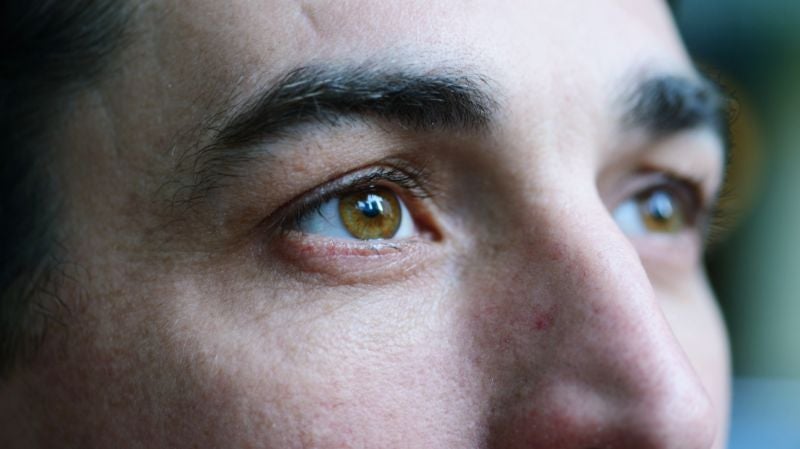A Guide to Common Eye Diseases

How much do you know about common eye diseases? Having a basic understanding of problems that might affect your eyes can help you determine when it’s time to visit an eye doctor. Here are some of the more common issues that affect people’s eyes.
- Conjunctivitis is also known as pink eye. Most people have a bout of conjunctivitis at some point in their lives, and it’s pretty irritating. It’s usually caused by bacteria or a virus, and it’s very contagious, so children tend to get it more than adults- it spreads through schools and day care centers. It can also be caused by an allergic reaction, and babies can get pink eye from an incompletely opened tear duct. Conjunctivitis is not likely to damage your vision, but it’s extremely uncomfortable, causing redness, pain, tears, itching and green, yellow or white discharge. If you are experiencing pain when you look toward light, if there’s thick discharge or your eyes are stuck shut when you wake up, or if you’re running a fever, see a doctor as soon as you can. If your infant has pink eye, get to a pediatrician immediately. Fortunately, conjunctivitis is quickly remedied once a doctor gives you your treatment options, based on the type of conjunctivitis you’re experiencing.
- Cataracts often happen as people age. Caused by protein in the eye clumping together, cataracts are a clouding of the lens of the eye. In addition to age, risk factors for cataracts include diseases like diabetes, personal habits like smoking and environmental concerns like prolonged sun exposure. Symptoms of a cataract include cloudy or blurry vision, colors that look faded, poor night vision, glare from headlights, lamps, or sunlight, or a halo around lights, or double vision. Some of these symptoms can indicate other problems, though, which is why it’s really important to be diagnosed by a qualified eye doctor.
- Macular degeneration is the leading cause of vision loss, affecting upwards of 10 million Americans each year. There’s no cure for this disease, which occurs due to age, but you can keep it at bay or slow its progression by maintaining a healthy weight, eating a nutrient-rich diet, refraining from smoking, wearing UV protection when outside and having yearly eye exams.
- Uveitis, or iritis, is inflammation of the inside of the eye. Symptoms of uveitis include eye redness and pain, light sensitivity, blurred or decreased vision, and dark, floating spots in the field of vision. The symptoms can come on suddenly and get worse quickly, and can affect one or both eyes.
- Entropion occurs when the eyelid turns inward, causing the eyelashes and skin to rub against the surface of the eye. This is obviously uncomfortable, and can also lead to scarring of the cornea and the formation of ulcerations. It sometimes happens in older people, because of relaxation of the tissue that happens with age, and it can also happen because of eye changes caused by infection, surgery, injury, or some medical conditions. A doctor can diagnose this condition and prescribe drops and ointments to help, though sometimes entropion requires surgery.
- Glaucoma often has no symptoms. Sometimes people notice a loss of peripheral vision, but this is often after the disease has progressed extensively. Most never know, see or feel that they have the disease. Glaucoma is the leading cause of vision loss in people over 60, but if it’s caught early, the disease can be controlled. Annual eye exams are necessary to check the intraocular pressure and ensure it is at normal levels.
- Retinal disorders affect the layer of tissue in the back of the eye. The retina is important because it senses light and sends images to your brain, so it’s serious when something affects this tissue. Retinal disorders can cause blindness, so it’s crucial to catch them early so that your doctor can help you control their progression. Some disorders, such as retinal detachment, create a medical emergency. Other conditions, such as diabetic eye disease, may actually go undetected without regular eye exams.
- Corneal diseases can cause vision problems. The cornea is the clear outer covering of the eye, and it serves as a barrier against dirt, germs and particles that can damage the eye. The cornea is important to your vision too, because the outside shape of the cornea determines how light is refracted when it enters the eye. Injuries, illnesses and even allergies can affect the cornea, causing symptoms that range from redness, itching, pain and inflammation to headaches, nausea and blurred vision.
Many of these eye problems aren’t easy to catch on your own, which is why it’s extremely important to have regular comprehensive eye exams with a qualified eye doctor. If you’re looking for an ophthalmologist or optometrist in Derry, Londonderry, or Windham, Spindel Eye Associates is here for you. Celebrating over thirty years of eye care, we proudly provide our patients with personalized eye care using top-of-the-line technology. For more information or to schedule an appointment call 603.421.6536 or contact us through our website.
RECENT POSTS
categories
- Uncategorized
- Eye Exams
- Lasik
- Spindel Eye Reviews
- Cataracts
- Dry Eyes
- Refractive Errors
- Infographic
- Glaucoma
- Macular Degeneration
- Ocular Diseases
- Pulsed Light Therapy
- IPL
- eye care
- eye health
- Eye irritation
- Eye Syndrome
- Eye Doctors
- Diabetes
- Contacts
- LASIK Surgery
- dry eye syndrome Manchester
- Glasses
- Vision Care
- LipiFlow
- Contact Lenses
- Astigmatism
- Crizal Prevencia
- Spindel Eye
- Children
- skin cancer
- Sunglasses
- Eye Disease
